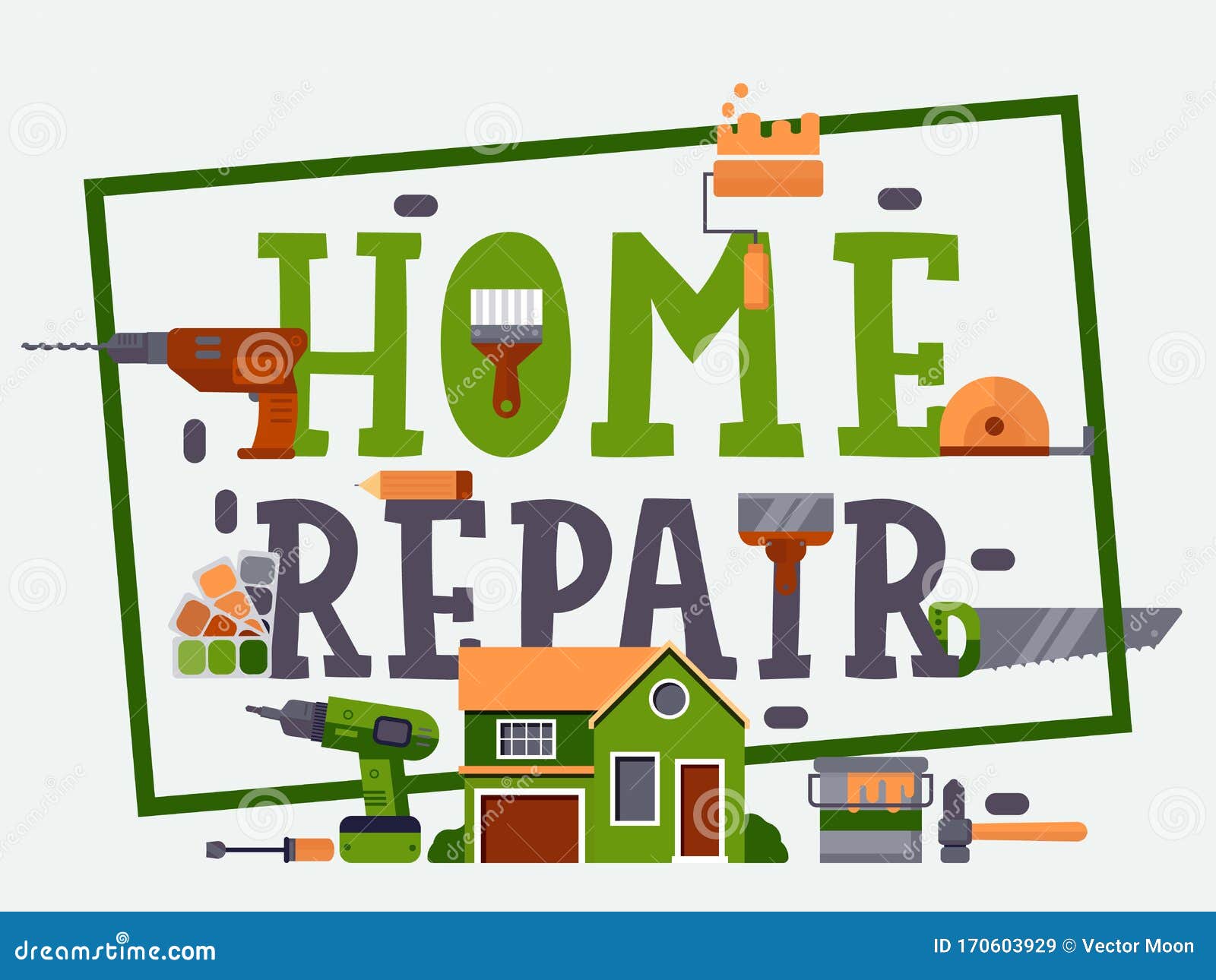Understanding Ergonomics in the Workplace
Ergonomics is the scientific discipline concerned with understanding the interactions among humans and other elements of a system, and the profession that applies theory, principles, data, and methods to design in order to optimize human well-being and overall system performance. In the context of office environments, ergonomics plays a crucial role in ensuring that employees remain healthy, productive, and satisfied with their work conditions. Here's why selecting the right office furniture with ergonomic principles in mind is vital:
Enhancing Comfort and Reducing Discomfort
An ergonomically designed workspace helps in reducing physical strain and discomfort. Traditional office chairs and desks might not support the natural posture of the body, leading to issues like back pain, neck strain, and repetitive strain injuries. Ergonomic furniture is designed to support the body's natural posture:
- Chairs: Look for chairs that offer adjustable height, back support, armrests, and lumbar support to cater to individual ergonomic needs.
- Desks: Standing desks or those with adjustable heights allow users to alternate between sitting and standing, promoting better circulation and reducing the risks associated with prolonged sitting.
- Keyboard and Mouse: Ergonomically designed peripherals prevent wrist strain by keeping arms at a comfortable angle.
Boosting Productivity
When employees are not preoccupied with discomfort or the need to adjust their seating, they can focus better on their work. Studies have shown that ergonomic workspaces can lead to a noticeable increase in productivity:
- Attention Levels: Comfort reduces the necessity for frequent adjustments, allowing for longer periods of concentrated work.
- Work Output: Better posture means less energy is wasted on maintaining balance, leaving more energy for actual work tasks.
- Mental Well-being: A reduction in pain and discomfort contributes positively to mental health, thereby enhancing mood and cognitive functions.
Preventing Long-term Health Issues
Prolonged use of non-ergonomic furniture can lead to chronic health issues. Here are some long-term benefits of ergonomic furniture:
- Musculoskeletal Disorders: Proper alignment and support can significantly decrease the risk of disorders like carpal tunnel syndrome or lower back pain.
- Eye Strain: Monitor stands and ergonomic design can help keep screens at an optimal distance and height, reducing eye strain.
- Overall Health: Better posture reduces the risk of various health problems associated with poor physical alignment, including digestive issues due to compressed internal organs.
Return on Investment
From a business perspective, investing in ergonomic furniture though initially costly, pays off in numerous ways:
- Reduced Healthcare Costs: Fewer health-related absences and reduced need for medical treatments for work-related injuries.
- Employee Retention: Providing comfortable working conditions can increase job satisfaction and employee loyalty.
- Lower Turnover: Ergonomic offices are more appealing, potentially reducing the costs associated with hiring and training new staff.
The Role of Technology in Modern Ergonomics
With the advent of technology, office ergonomics have evolved:
- Dynamic Furniture: Furniture that adapts to the user’s posture through sensors and automated adjustments.
- Ergonomic Apps: Tools that remind users to take breaks, adjust their posture, or engage in minor physical activities to counteract the effects of sitting for long periods.
- Virtual Reality: Some companies use VR for ergonomic assessments, allowing virtual pre-configuration of office spaces before physical implementation.
Selecting the Right Ergonomic Furniture
When choosing office furniture, consider:
- Adjustability: Ensure desks and chairs can be tailored to fit various body types and personal preferences.
- Space and Layout: Consider how furniture will fit into the available space, facilitating easy movement.
- Quality: Invest in high-quality materials that not only last longer but also maintain their ergonomic benefits.
- Employee Feedback: Allow potential users to test different pieces for comfort and fit before finalizing purchases.
Encouraging Ergonomic Use
Even with the best ergonomic furniture, the benefits can only be realized if the furniture is used correctly:
- Training: Provide training on proper ergonomic setups and use of equipment.
- Regular Check-ins: Ergonomics isn’t a set and forget scenario; regular assessments might be necessary to adjust setups as needs change.
- Open Dialogue: Encourage employees to voice concerns or report discomfort early.
Conclusion
In summary, the integration of ergonomics into office furniture selection isn't just about enhancing comfort; it's a strategic move that promotes health, boosts productivity, reduces costs, and increases employee retention. As workplaces evolve, embracing ergonomic principles becomes less of an option and more of a necessity to ensure the well-being of employees and the success of businesses. By understanding and applying the science of ergonomics, companies can create environments where employees thrive, both in terms of their professional productivity and personal health.
Remember, the aim is to tailor your office environment to meet the diverse needs of all employees, thereby creating a universally beneficial workspace. When considering office furniture, think beyond aesthetics—think about how each piece can contribute to a healthier, more vibrant, and productive office life.
Make ergonomics a priority in your office furniture selection process, and watch as your employees' health, happiness, and productivity soar.



